Buenos Aires captivates visitors through its European-inspired architecture, passionate culture, and vibrant street life. While tango rightfully claims international fame as the city’s cultural cornerstone, this sophisticated South American capital offers countless other experiences that reveal its complex identity.
The city’s rich heritage extends far beyond dance floors. Here is a list of 16 exceptional things to do in Buenos Aires that showcase the city’s diverse character without a single tango step.
El Ateneo Grand Splendid
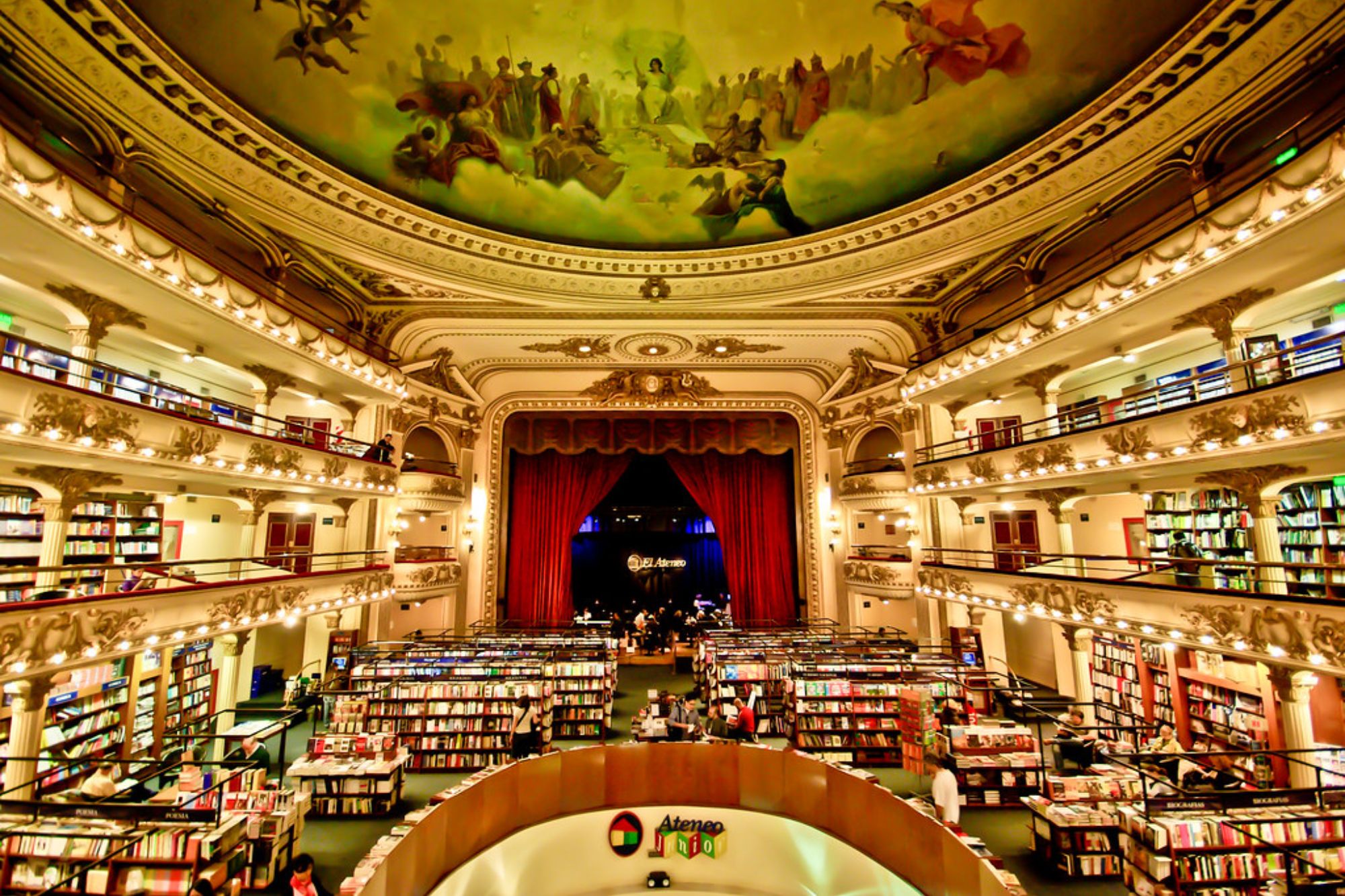
Once a glamorous theater, this converted bookstore preserves the original theatrical elements — ornate carvings, red curtains, and a stunning ceiling fresco remain intact. Readers browse books on the former stage and in the box seats, while a café occupies what was once the orchestra pit.
It’s a breathtaking repurposing of this 1919 performance venue.
Recoleta Cemetery
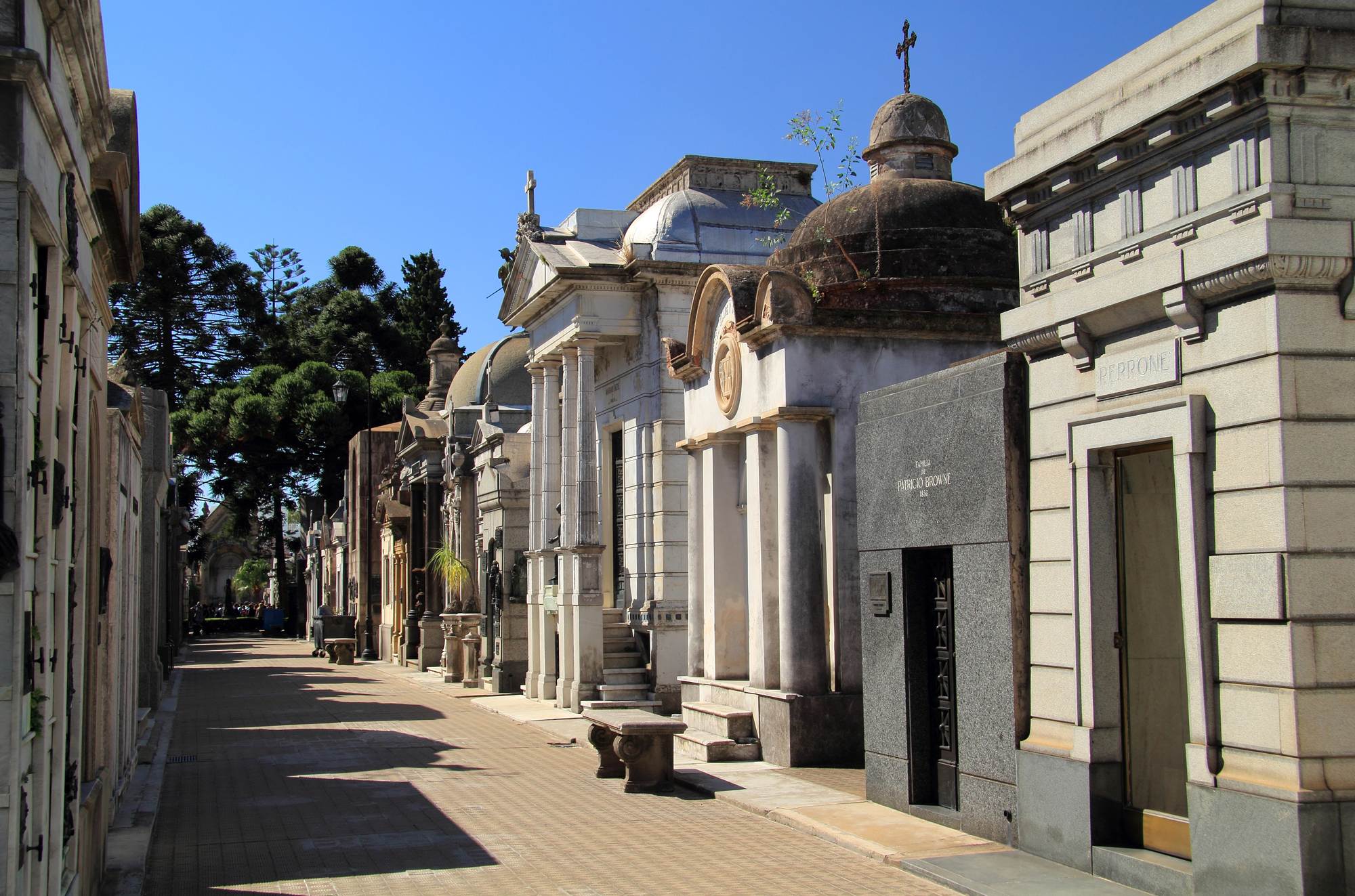
More artwork than burial ground, this extraordinary cemetery contains over 6,400 above-ground mausoleums designed in architectural styles ranging from Art Nouveau to Neo-Gothic. Famous residents include Eva Perón, whose modest tomb contrasts sharply with elaborate structures — marble statues and stained glass adorn many family plots.
You’ll lose track of time wandering the narrow pathways between mausoleums that create an intricate maze of sculptural masterpieces.
Palermo’s Street Art

The bohemian neighborhoods of Palermo Soho and Palermo Hollywood showcase massive murals created by international and Argentine artists alike. Local collectives coordinate walking tours explaining the political and cultural significance behind works that often address contemporary social issues.
What’s fascinating is how this outdoor gallery constantly evolves — new pieces appear overnight while others fade with time.
Like Travel Pug’s content? Follow us on MSN.
Costanera Sur Ecological Reserve
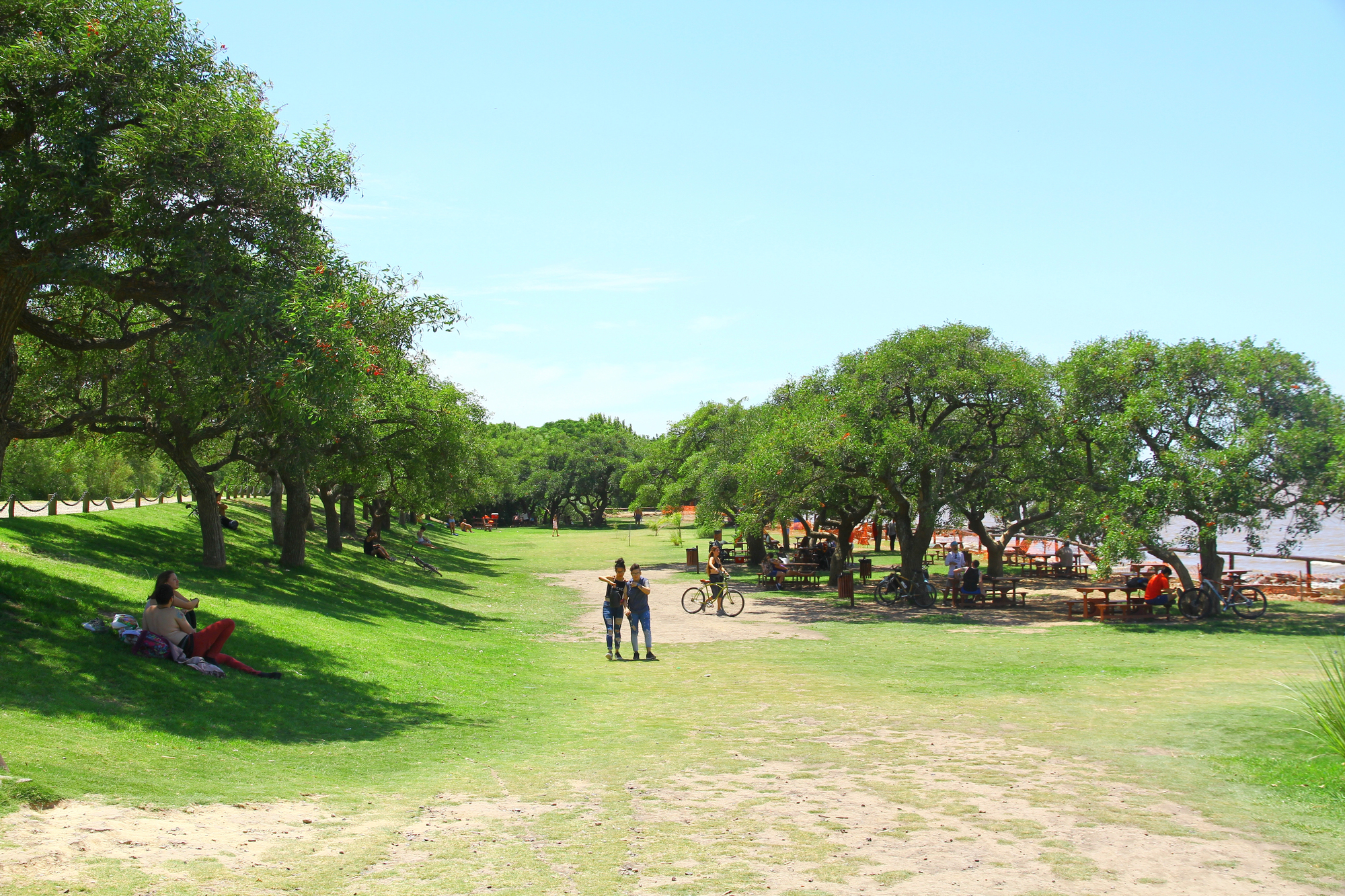
This 865-acre urban nature reserve sits unexpectedly between downtown skyscrapers and the Río de la Plata — a perfect example of successful urban rewilding. The former landfill has transformed into a thriving ecosystem where porteños jog, cycle, and birdwatch amid lagoons and grasslands.
You’ll hardly believe you’re minutes from busy downtown streets when surrounded by over 300 bird species in this metropolitan oasis.
San Telmo Market
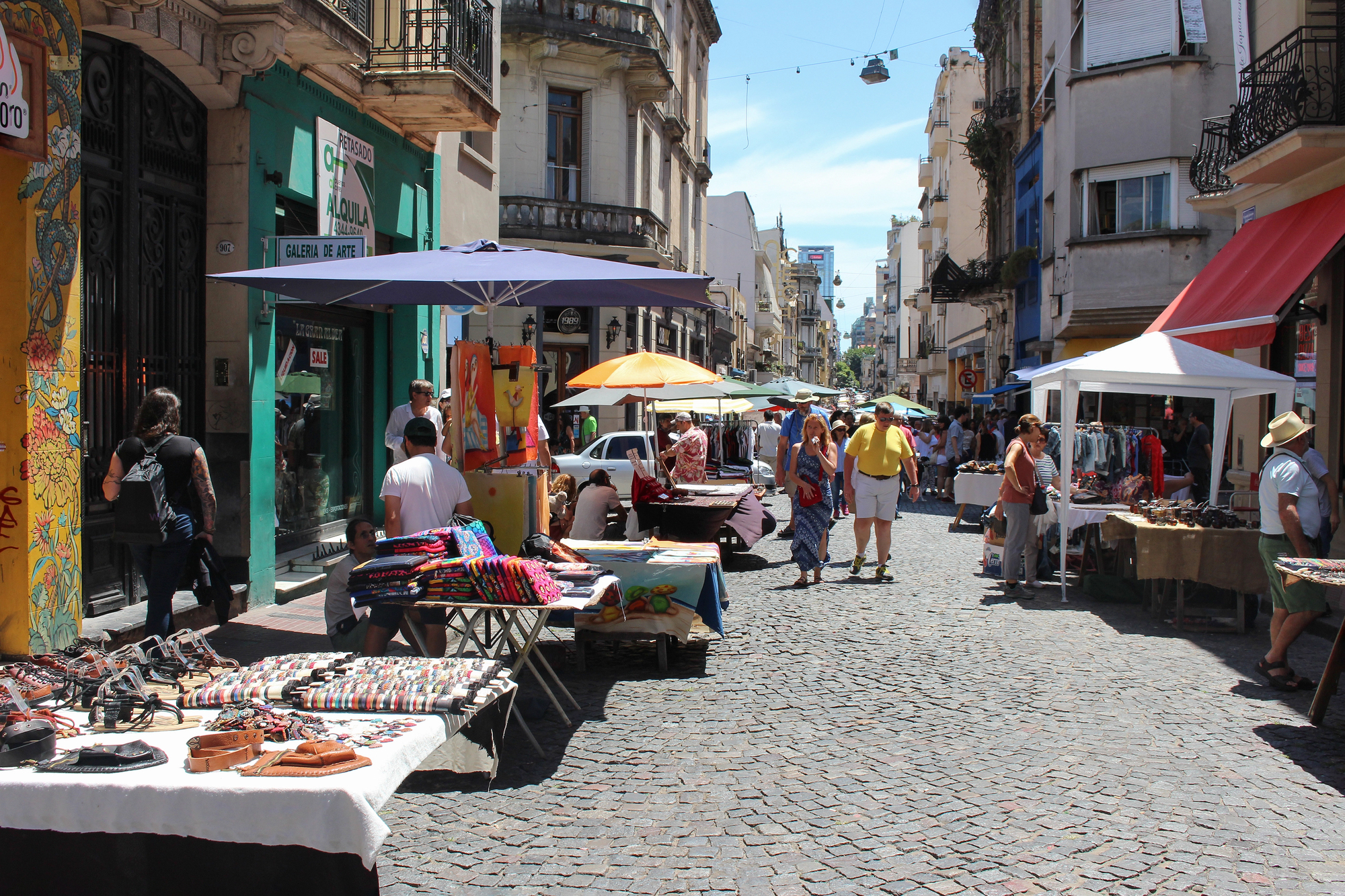
This historic covered market houses antique dealers, craft artisans, and food vendors inside a gorgeous 19th-century iron structure — its architectural details alone merit a visit. Sundays bring an expanded street fair where collectors hunt for everything from vintage cameras to retro posters amid hundreds of stalls lining cobblestone streets.
Don’t miss the central plaza, where impromptu folk music performances showcase regional traditions from Argentina’s diverse provinces.
Teatro Colón

Considered among the world’s top five opera houses for its exceptional acoustics — a result of meticulous design rather than a happy accident — this magnificent theater combines Italian, French, and Greek architectural elements. Behind-the-scenes tours reveal busy workshops where skilled artisans create costumes and sets using techniques passed down through generations.
The horseshoe shape, specific woods, and textile choices all contribute to the venue’s perfect sound.
Like Travel Pug’s content? Follow us on MSN.
MALBA
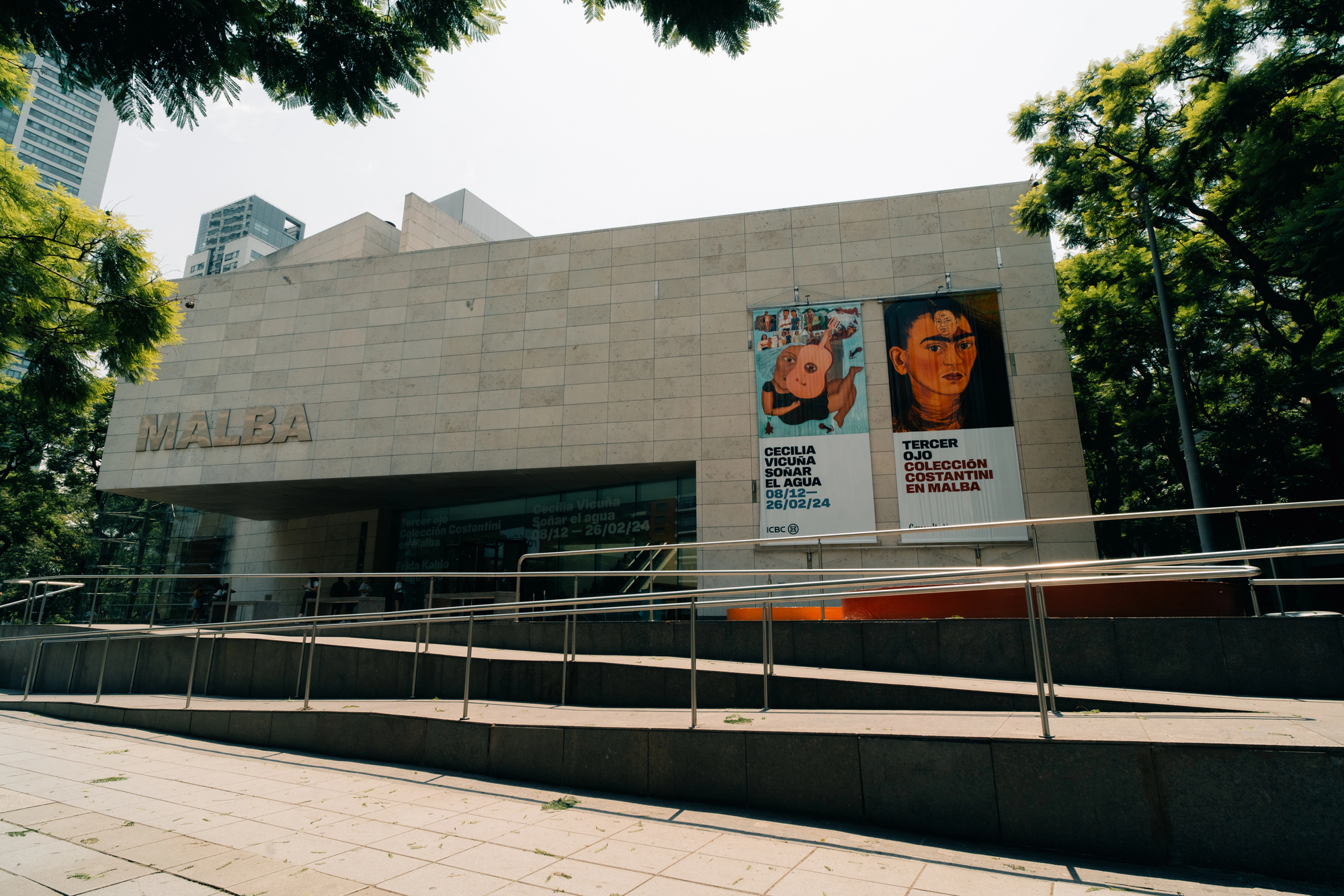
The Latin American Art Museum of Buenos Aires houses masterpieces by Frida Kahlo, Diego Rivera, and Fernando Botero, alongside works by Argentine icons like Antonio Berni and Xul Solar. The museum’s striking contemporary building features thoughtfully designed exhibition spaces that guide visitors through the evolution of Latin American artistic identity.
There’s something particularly moving about seeing how regional artists have addressed political oppression, cultural identity, and social inequality through their work.
Floralis Genérica
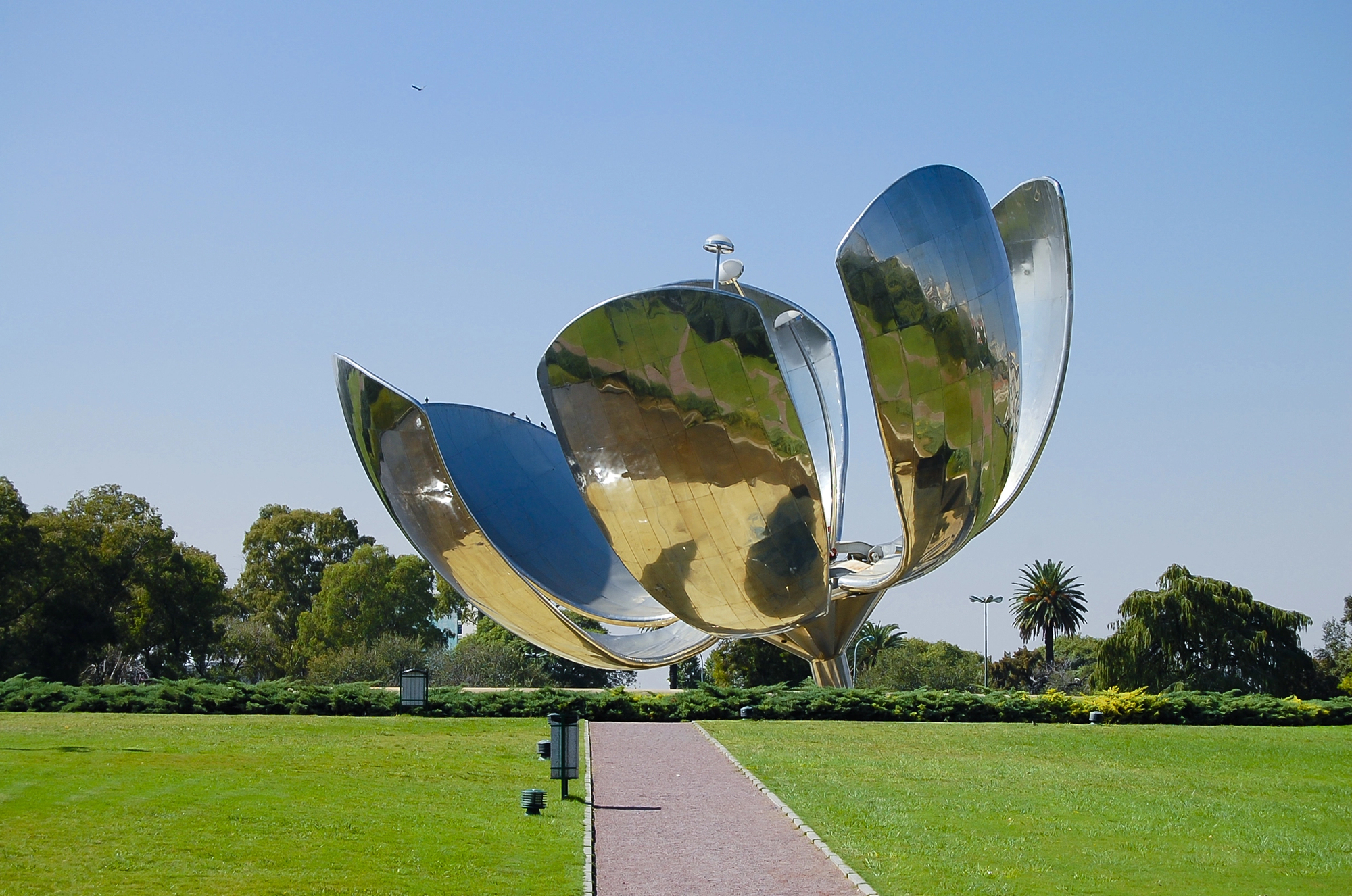
This massive stainless steel flower sculpture opens its petals at sunrise and closes them at sunset — an impressive feat of engineering using hydraulic systems and light sensors. Located in the United Nations Plaza, the 75-foot-wide mechanical bloom has become an unexpected symbol of the city since its installation in 2002.
The surrounding park gets especially busy at sunset when people gather to watch the dramatic closing of the petals.
Tigre Delta

Just 45 minutes from downtown, this network of islands and waterways forms a unique community accessible only by boat — a parallel world to the bustling capital. Water taxis transport visitors between riverside restaurants, artisan markets, and historic rowing clubs established by 19th-century European immigrants.
Weekenders from the capital mingle with permanent residents who’ve adapted to a lifestyle where mail, groceries, and even school buses arrive by boat.
Like Travel Pug’s content? Follow us on MSN.
Museo Nacional de Bellas Artes
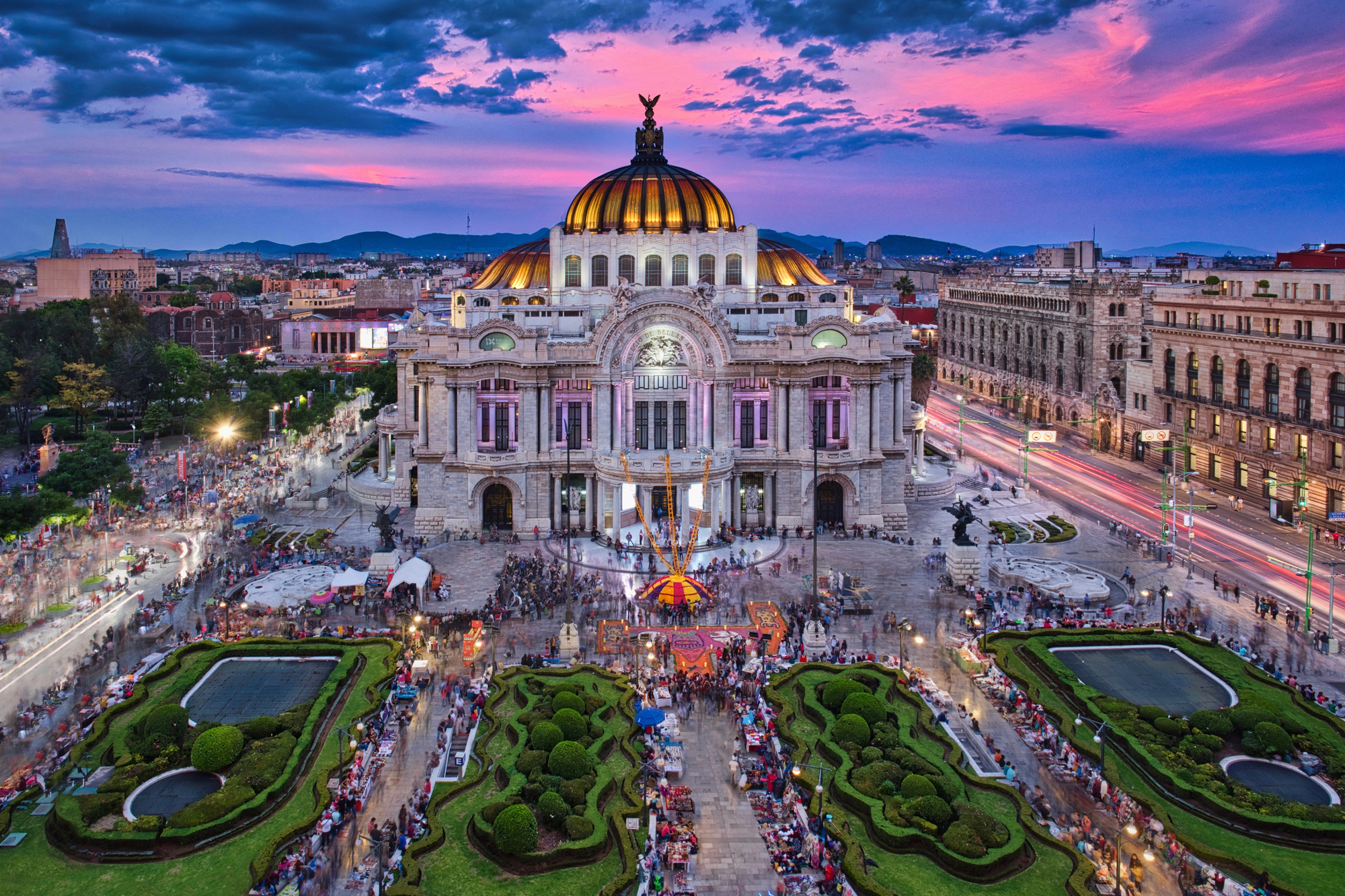
Argentina’s fine arts museum houses the largest public art collection in Latin America with over 12,000 pieces — from European masters like Van Gogh and Rodin to comprehensive holdings of Argentine art. The conversion of this former pump station into galleries creates dramatic exhibition spaces where industrial elements complement artistic treasures.
It’s especially worth noting the exceptional gathering of 19th and 20th-century Argentine art that traces the nation’s evolving identity through visual culture.
Jardín Japonés
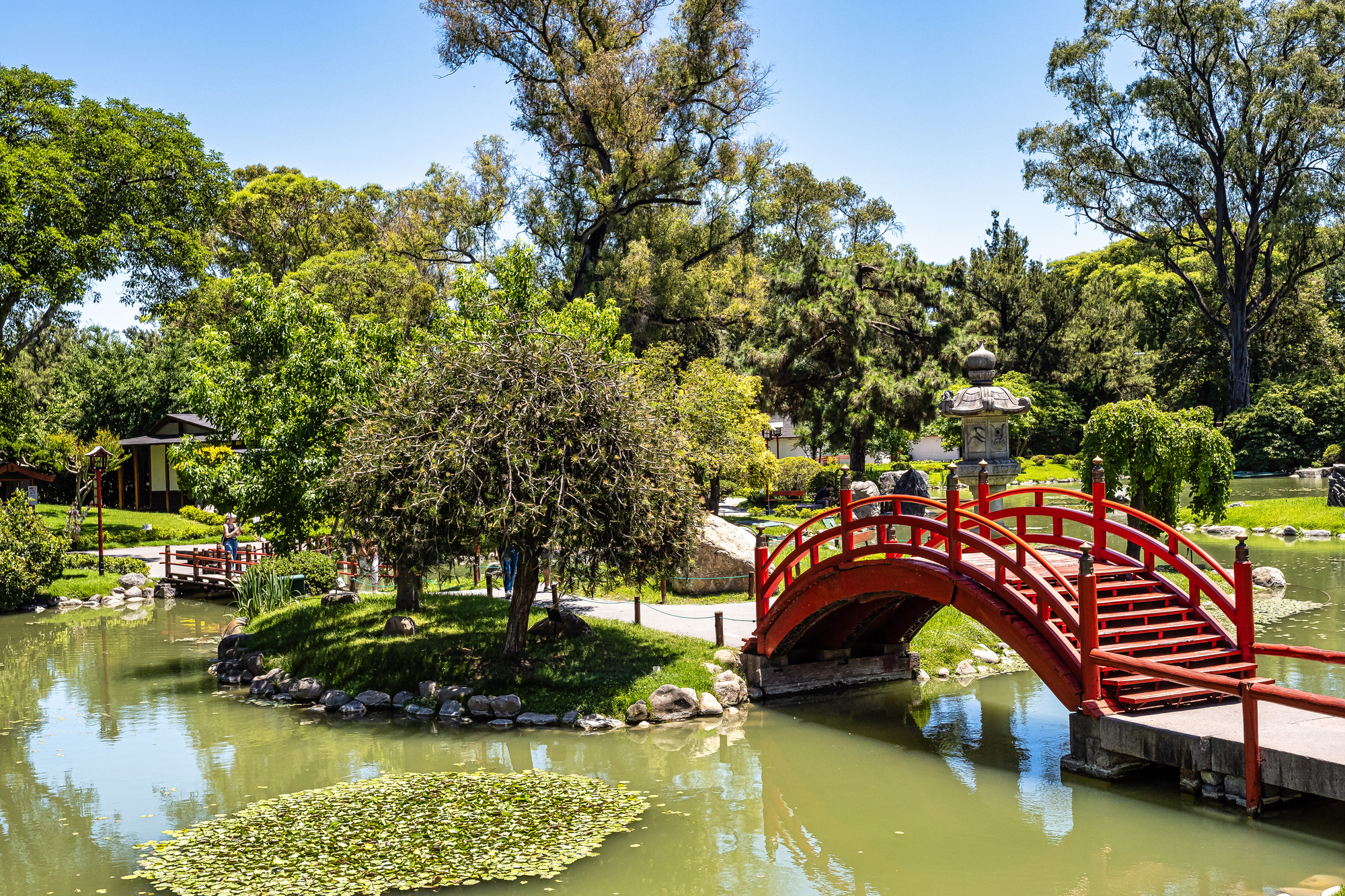
This meticulously maintained Japanese garden stands as the largest of its kind outside Japan, featuring traditional bridges, koi ponds, and precisely pruned plants. Created in 1967 to honor a visit from Japan’s Crown Prince, the garden serves as a center for cultural exchange through tea ceremonies and bonsai exhibitions.
The garden’s location in the heart of bustling Palermo creates a tranquil sanctuary where visitors momentarily forget they’re in South America.
Pizza at Güerrin
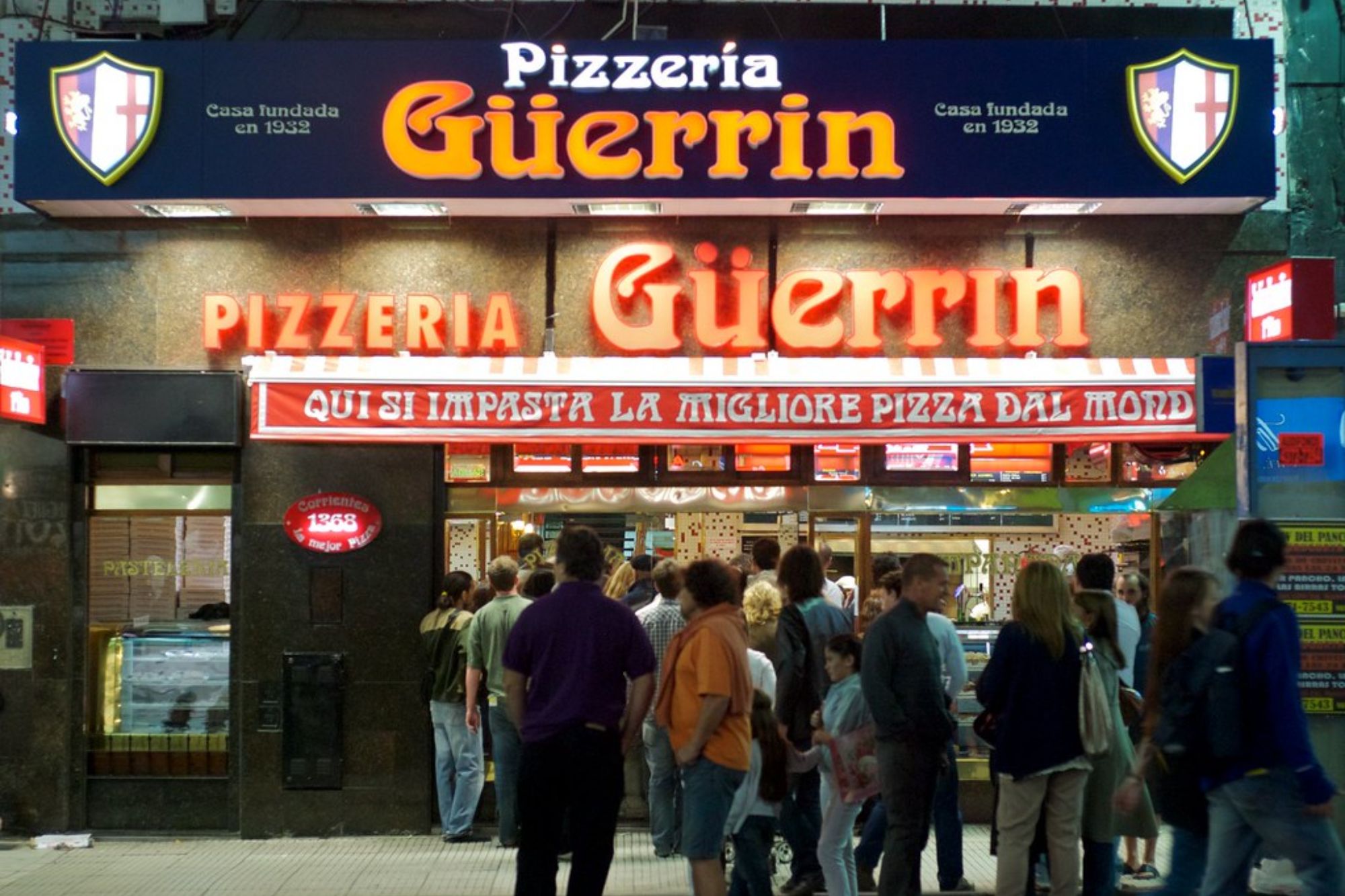
Founded in 1932, this pizzeria represents Buenos Aires’ distinctive Italian-influenced cuisine with its thick, cheese-laden slices topped with mountains of fresh ingredients. The bustling restaurant serves over 3,000 diners daily, with locals consuming their slices standing at traditional marble counters.
The pizza style reflects the city’s massive Italian immigration wave between 1880-1930, when millions of Italians arrived, bringing culinary traditions that evolved in their new home.
Like Travel Pug’s content? Follow us on MSN.
Libros del Pasaje
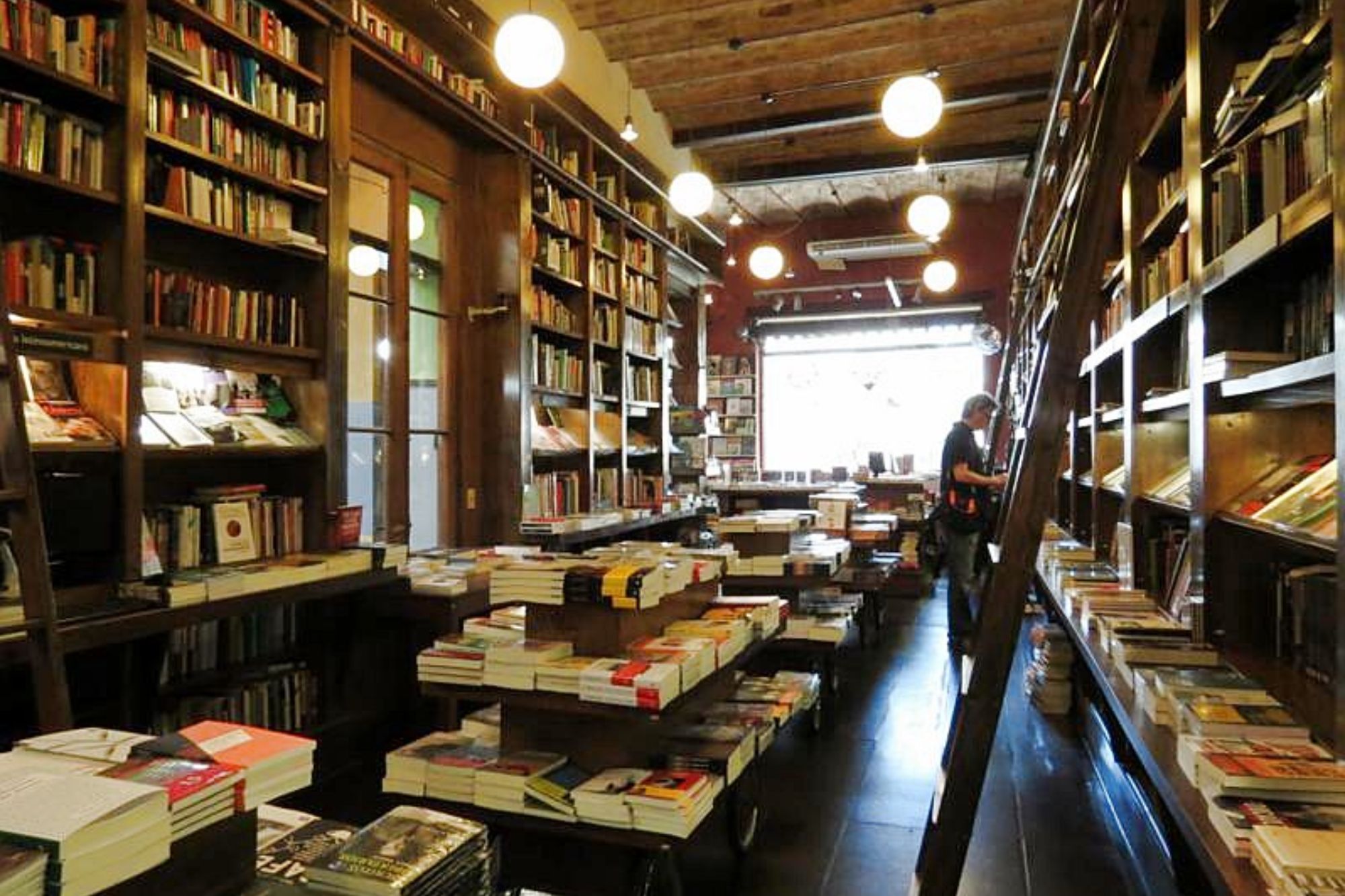
This independent bookstore and café embodies the city’s literary culture with floor-to-ceiling shelves, comfortable reading nooks, and excellent coffee. Literary events regularly feature Argentina’s renowned authors discussing their work in an intimate setting.
The store specializes in works by Argentine writers and houses a substantial English-language section focused on Latin American history and culture.
Mercado de San Telmo

This renovated 19th-century market combines traditional produce stalls with trendy food vendors serving everything from empanadas to international cuisine. The iron-and-glass structure creates a warm, light-filled atmosphere where shoppers browse antiques and sample Argentine wines.
Recent renovations preserved the market’s historic character while making it a culinary destination that showcases both traditional and contemporary Buenos Aires.
Xul Solar Museum
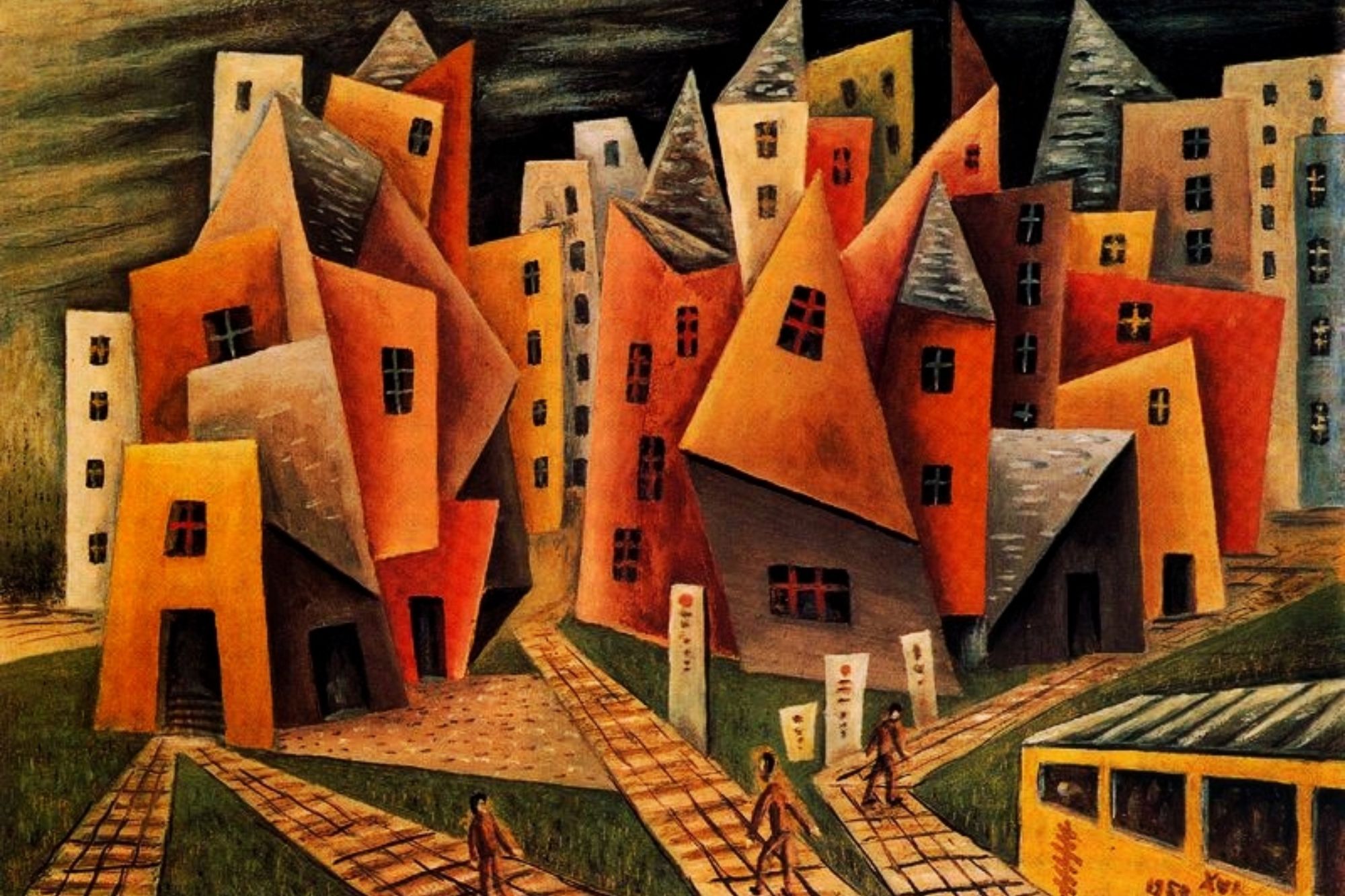
Dedicated to the visionary artist and close friend of Jorge Luis Borges, this small museum occupies a building designed to reflect Solar’s mystical artistic concepts. The collection features paintings mixing spirituality, astrology, and invented languages that influenced Argentina’s avant-garde movement.
The museum’s narrow vertical layout with interconnected levels mirrors Solar’s interest in spiritual ascension and cosmic connections.
Like Travel Pug’s content? Follow us on MSN.
Café Tortoni
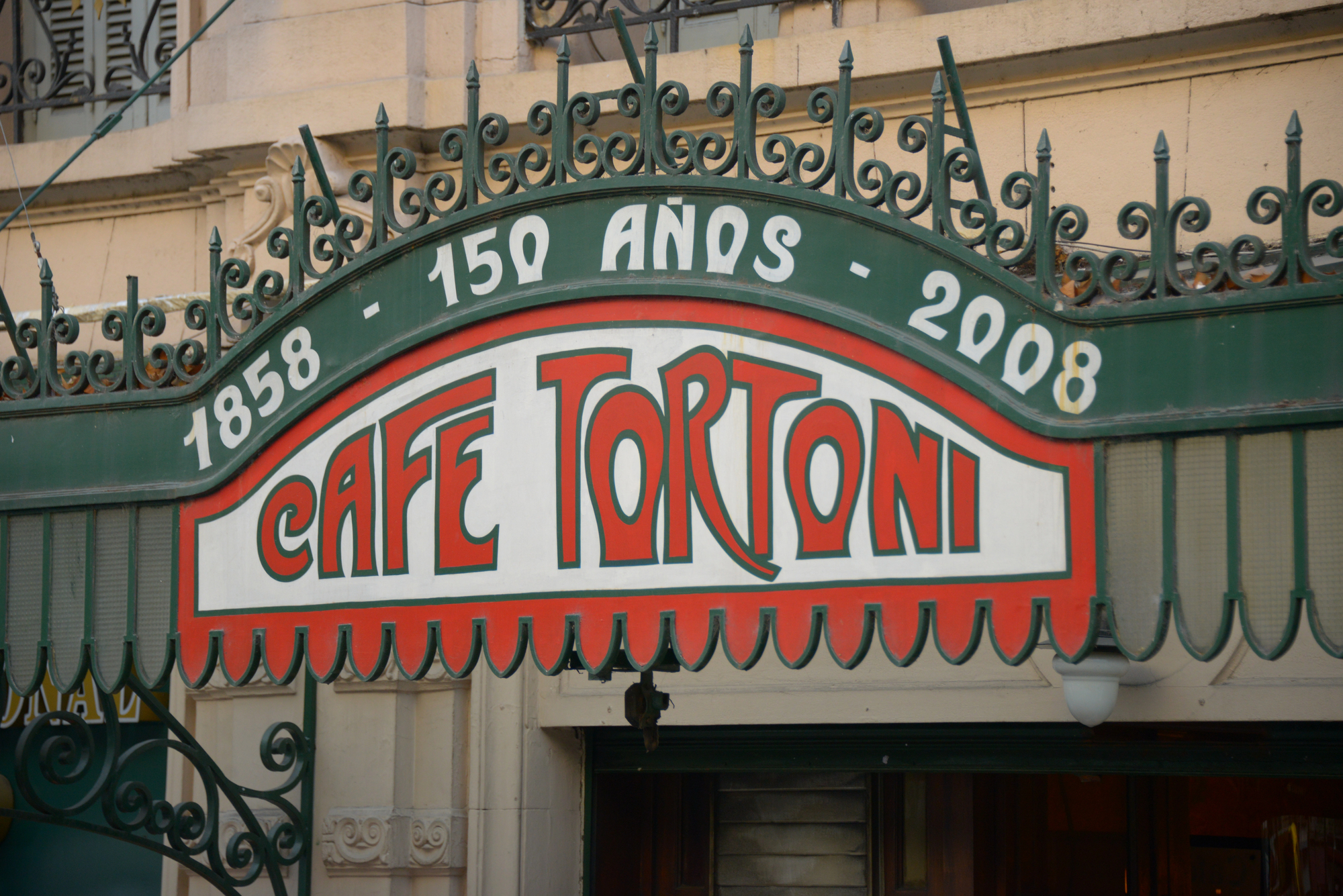
Founded in 1858, this café served as the intellectual heart of Buenos Aires for generations of writers, musicians, and politicians who debated ideas at its marble tables. The magnificent interior features stained glass, wood paneling, and billiard rooms that transport visitors to Argentina’s golden age.
The café maintains traditions like silver service for coffee and chocolate con churros served by servers in formal attire.
Cultural Mosaics Beyond the Dance Floor
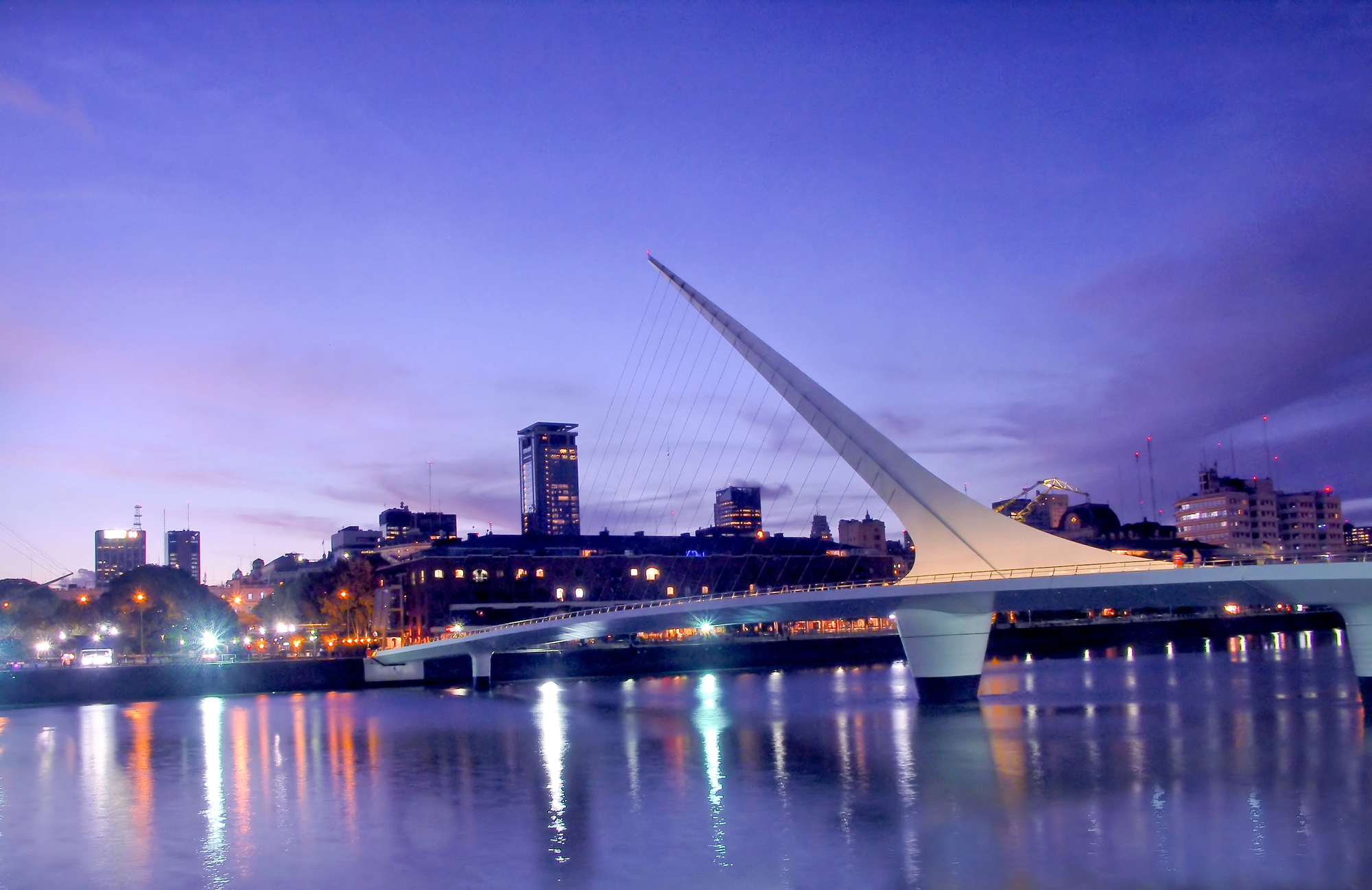
Buenos Aires reveals itself as a city of remarkable contrasts where European heritage blends with distinctly South American innovation. These sixteen experiences showcase the porteño spirit—intellectual yet playful, traditional yet forward-thinking, sophisticated yet accessible.
From quiet moments in Japanese gardens to animated conversations in historic cafés, visitors discover a Buenos Aires that complements rather than competes with its famous dance heritage. The city embraces visitors like cherished guests, inviting them to move beyond tourist expectations and discover the authentic rhythms of daily life in South America’s most European city.
More from Travel Pug

- Cities Growing so Fast You Won’t Recognize Them in 10 Years
- 13 Destinations Where Tourists Regularly Regret Their Trip
- 20 Obscure WWII Sites Even History Buffs Don’t Know About
- 10 Under-the-Radar Mountain Towns That Are Both Affordable and Beautiful
- Remote Villages in Europe Where You Can Live for Free in Exchange for Work
Like Travel Pug’s content? Follow us on MSN.
